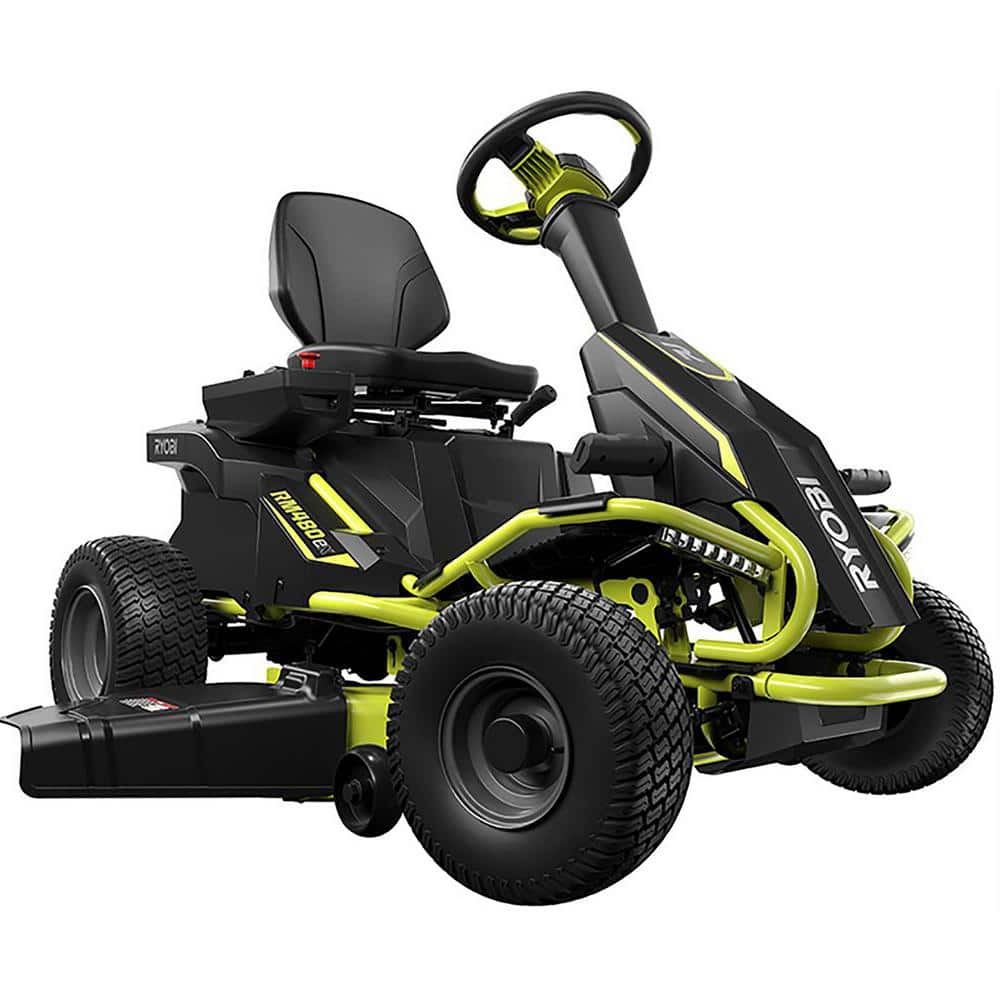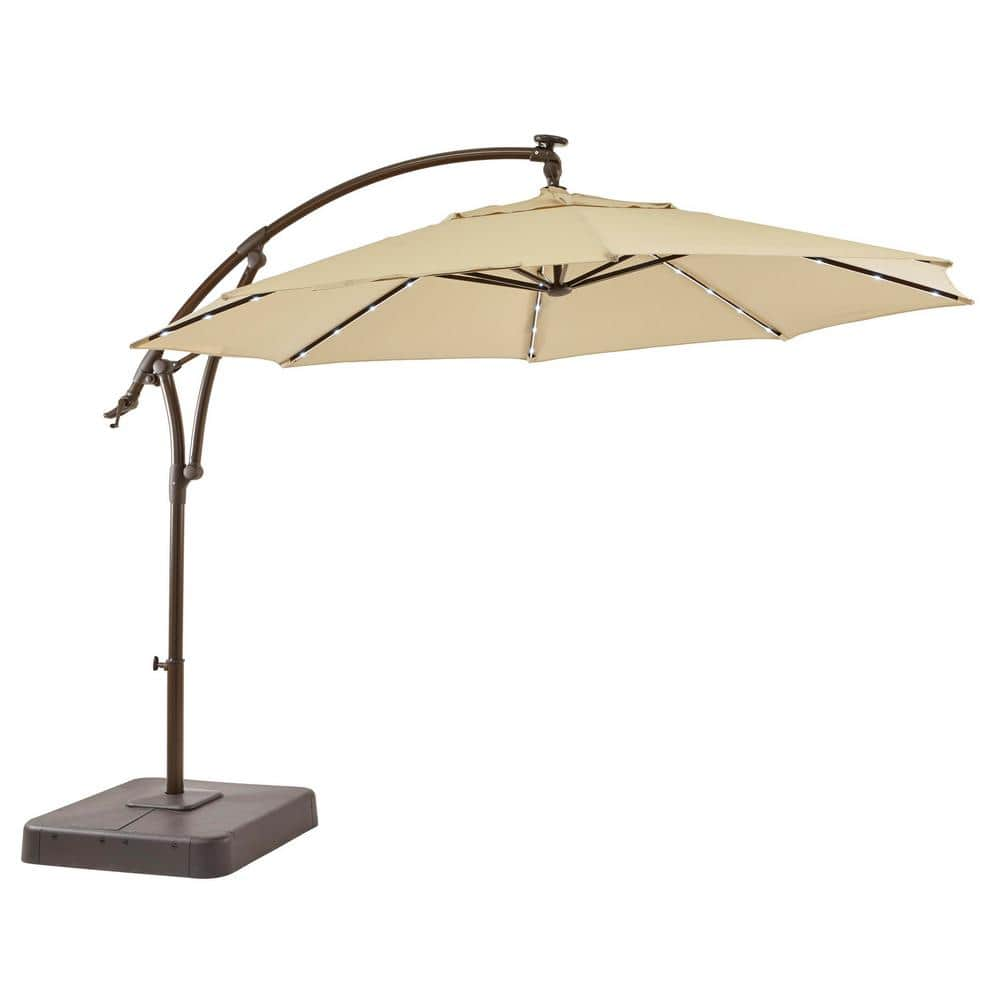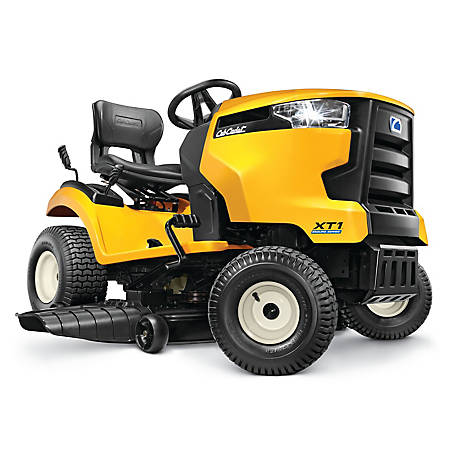RYOBI 48V Brushless 38 in. 100 Ah Battery Electric Rear Engine Riding Lawn Mower
3 Brushless Motors for Superior Power and Performance. 1 Charge Offers Up to 2.5 Hours of Runtime or 2.5 Acres of Mowing. Battery Operated: Fully Electric Mower With Zero Emissions.
Get a green alternative to a traditional riding lawn mower with the RYOBI 48-Volt Riding Lawn Mower. Instead of traditional gas it is powered with 100Ah lead acid batteries that offer two and a half hours of run time. It is quiet and emits 70 dB to allow for mowing without disturbing your neighbors. It’s also equipped with LED headlights, a USB phone charger and a cruise control feature. Get a clean, level cut with the 38 in. 2-blade deck with a 12-position manual adjustment. The rear access charging port makes charging your rider easy when the job is done.
- Battery powered – no gas, no fumes
- Up to 2.5-hours of run time on 1 charge
- Quiet cutting at less than 70 dB
- 12-position manual deck adjustments, from 1.5 in. to 4.5 in.
- 38 in. 2-blade deck
- Cruise control
- LED headlights
- USB charger
- Charges through standard 120-Volt outlet
- Replacement Battery: Leoch model LPC12-100
Additional information
| Assembled Depth x Height x Width (in.) | 63 x 46 x 38.5 |
|---|---|
| Cutting Width (in.) | 38 |
| Front Wheel Size (in.) | 15 |
| Mower Deck Width (in.) | 38 |
| Rear Wheel Size (in.) | 16 |
| Turning Radius (in.) | 16 |
| Certifications and Listings | TUV Listed |
| Manufacturer Warranty | 3 year Limited Warranty. Battery warranty is for one year only. |






by Linden
Pros (the important stuff): plenty of power for pulling up hills while mowing even w/ my 275lbs, cuts very well, much quieter than gas, bagger sucks up fall leaves and grass clippings great, easy maintenance Cons (all minor): side Fwd/Rev switch is odd to use and acceleration is jumpy sometimes when swapping Fwd/Rev, USB charger is junk (tested 5V output but nothing charges), LOUD backup beeper – remove side panel to unplug/cover beeper w/ tape, spinning “full” indicator on bagger doesn’t work.
by Barb
Excellent electric ride on lawn mower. Great price! No more worrying about gas, oil or spark plugs.
by Eddie
This is my first experience with an electric riding mower. It seems to cut well and has good power. Based on one of my areas to mow, I estimate it could go about 1 mile before needing to recharge (1.5 to 2h). Mower speed is very consistent, both uphill and downhill. When not operating as a mower the speed is excellent. Obviously when both electric motors are operating, the speed is slower. I can tow a metal trailer with an 80 pound sack of concrete across a level surface with no problems. The backup beeper is annoying, but I can live with it. The ride is very firm as the seat is not really padded. The ability to start the blade by pulling on a button instead of pushing a lever to tighten the belt is terrific. Overall, it has done everything I have asked, based on one month’s usage.
by Mike
This mower has performed better than expected. The run time is well over an hour and the charging doesn’t take any longer than my push mower did.
by Chris
Came in fantastic packaging. Shipper obviously dropped ot, but it didn’t jave a scratch. Operates super quiet, like a golf cart. Blades make more noise, but not a whole lot. Would’ve given it 5 stars, but climbing a steep incline seems problematic. Could use just a bit more torque.
by Gary
Since it is still early spring and the lawn is not really long enough to cut I used it to clean up the leaves and clip some grass. It worked as expected and was a joy ro use.
by Steph
Easy to use. Climbs hills with no problems. Good battery life (more than I need to mow my 2 acres).
by Michael
Great machine! So much better than gas propelled!